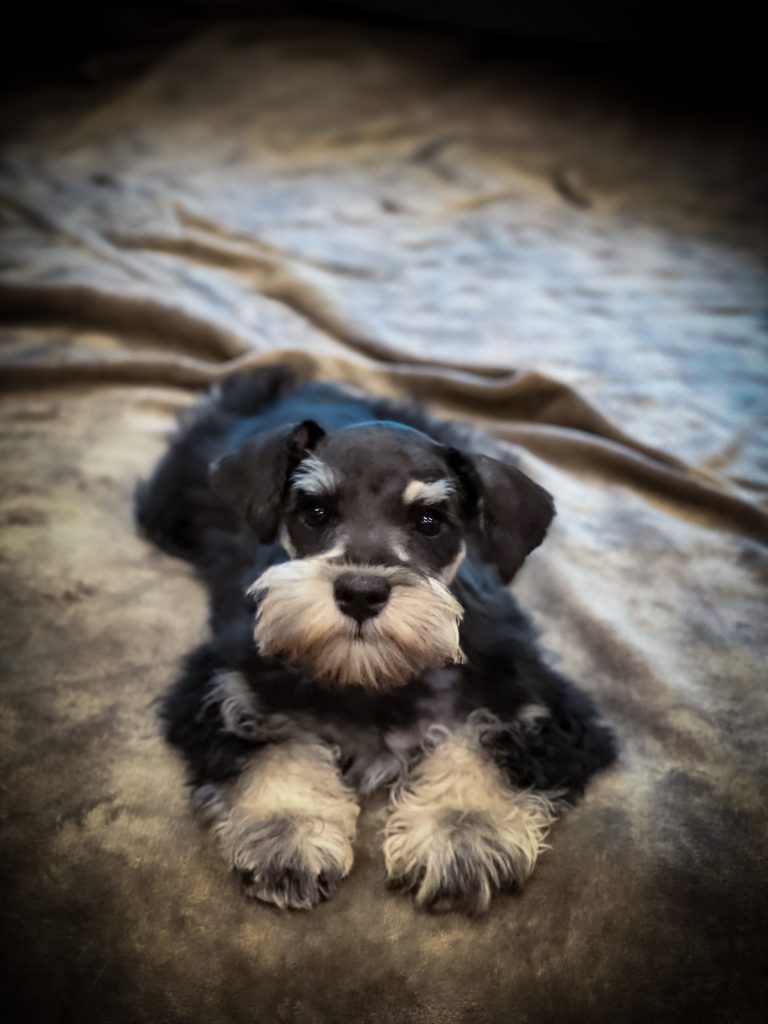
Bringing a new puppy into your home is exciting—but what if your adult dog already barks… a lot? Naturally, you’re concerned: will the puppy learn the same bad habits? The answer is yes—if you let them. But the good news? With the right leadership, you can train your puppy to be calm and quiet, even in a home with a loud older dog.
Let’s talk about how to set your puppy up for success.
1. Be the Calm, Assertive Leader
Dogs learn by watching. If your older dog barks at every knock, squirrel, or passing car, your puppy will assume that’s what dogs should do. The first step in breaking this cycle is to show them both who’s in charge—you.
When you react to barking with frustration or tension, you send nervous energy through the pack. But when you remain calm, assertive, and in control, both dogs take their cues from you. You don’t have to be loud. You just have to be clear.
2. Interrupt the Bark, Reward the Calm
Every bark is an opportunity to teach. As soon as barking begins:
- Step in quickly with a calm interruption—a sharp “Tsst!”, a firm “No,” or even a clap.
- Wait for silence, even just a brief pause.
- The moment your puppy stops, reward the quiet with a treat, praise, or affection.
The goal is simple: teach your puppy that barking gets them nothing, but silence gets them everything.
3. Create Separation When Necessary
If you know certain triggers (like the doorbell or delivery truck) set your older dog off, consider separating the puppy when you’re not actively training. Use a baby gate, crate, or closed door to prevent the puppy from watching and copying that behavior.
This doesn’t mean isolation—it means intentional training. When the puppy is ready, you’ll gradually reintroduce them to those situations with structure and supervision.
4. Teach “Quiet” Like You Teach “Sit”
“Quiet” isn’t just something you say—it’s something you train. Start by exposing your puppy to a low-level barking trigger (like a knock or gentle doorbell sound). When they bark:
- Let them bark once or twice.
- Say “Quiet” calmly and clearly.
- Wait. The moment they stop, reward them immediately.
- Repeat this regularly to build the association.
Soon, “Quiet” will become a reliable command your puppy understands and respects.
5. Don’t Ignore the Older Dog
You can’t train a quiet puppy in a loud household forever. Work on reducing your older dog’s barking as well—especially if they bark from boredom, anxiety, or territorial instincts. Barking is often a symptom of unmet needs: more exercise, mental stimulation, or firmer boundaries.
By setting new expectations for your older dog, you make it easier for your puppy to follow the right example.
6. Exercise Their Body and Mind
A tired dog is a quiet dog. Make sure your puppy has:
- Regular walks or play sessions
- Interactive toys and puzzles
- Training routines that challenge their brain
Barking often comes from pent-up energy. When your puppy is engaged and fulfilled, that energy has a healthy outlet.
Final Thoughts: Puppies Learn Fast—So Teach Wisely
Yes, puppies learn by watching older dogs—but they learn even faster from you. If you’re consistent, patient, and calm, your puppy will learn that barking is unnecessary, unrewarded, and not worth the effort.
In a home led by a strong and peaceful leader, both dogs—young and old—can become calmer, quieter, and more balanced members of the pack.
Need help creating a training routine that works for both dogs? Leave a comment or send a message—I’d be happy to help you bring peace back into your pack.
Let me know if you’d like to add your name, business info, or photos for branding.